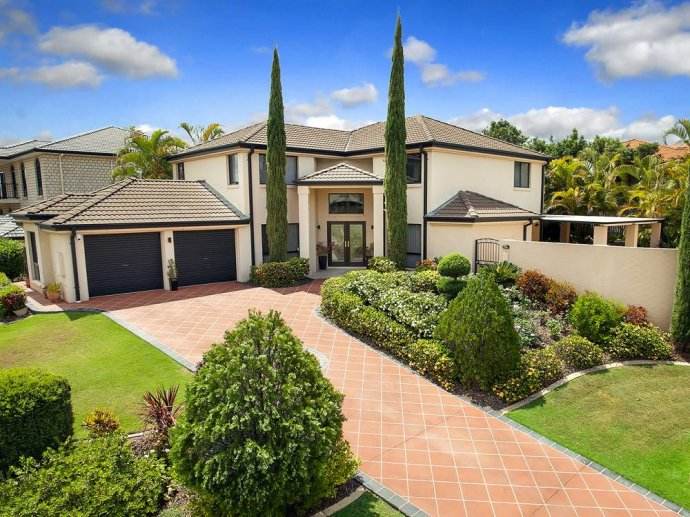Copyright:Pear Real Estate

1. Population growth drives Australian housing demand
Ren Zeping, an economist with Evergrande’s annual salary of 15 million, said that factors affecting housing prices are “long-term population, medium-term land, and short-term financial”.
The influx of immigrants and the growth of population in Australia each year have driven the demand for housing as the root cause of Australia's population growth. In the latest census results released by the Australian Bureau of Statistics (ABS) in 2016, the total population of Australia increased by 8.8% compared with 2011. In particular, in August 2016, the number of Melbourne residents registered in the census was 44,852,11, and Sydney had 4,823,991. people.
In the past five years, Melbourne has added 1,859 people a week, with a population growth rate of 12.1%. Sydney has an annual increase of 1,656 people and a population growth rate of 9.8%. Melbourne's population growth rate is seven years faster than estimated, and Melbourne is expected to soon become Australia's most populous city. For the population growth rate of such a base, according to the estimates of the Australian Housing Industry Association (HIA), 180,000 housing units should be built each year to meet the demand for such housing. Therefore, in recent years, Australia has been in a much larger demand for home purchase than the supply. .
Secondly, as we all know, Australia, as a major study abroad country, has a world-leading education system, reasonable cost of studying abroad, a safe living environment and a positive immigration policy. In 2016, about 550,000 international students from more than 200 countries came to study in Australia, and the number of international students surged by 13%, setting a new record. In particular, in the upcoming new policy of studying abroad, Australia has opened up the policy of “primary school graduates can study in Australia”. The demand for renting houses and the increasingly fierce market have further promoted the low vacancy rate and high rate of return for renting in Australia.
2. Rising construction costs
In the case of rising land prices, construction costs in Australia are also rising. In the Australian real estate market, the building materials are high, the labor costs are high, and the construction period is long.
Tanathanson Consulting's “2017 International Construction Market Survey” shows that Melbourne's construction costs are ranked 20th in the global comparison of 43 urban construction markets, and Sydney has reached ninth place. The top five are New York, San Francisco, Zurich, Hong Kong and London. Coupled with the fact that it is increasingly difficult to get suitable construction land in the city center, this has further pushed up Australian housing prices.
3. Strict housing construction system and perfect legal system
The Australian property trading system is very transparent. Openers, lawyers and banks must be strictly separated. The purchase and sale contract must be signed and signed by the lawyers on both sides. The buyer’s down payment must be transferred to the real estate lawyer’s trust account as a third party.
The land transaction price is completely transparent, the development process is open, and Australian developers and builders will not participate at the same time, avoiding joint control. These strict housing construction systems and legal systems have made more and more people feel comfortable buying real estate, which indirectly promotes a wave of buying houses.
4. The property investment environment is stable
Root ABCnews, Mr. Zigomanis said: "The Australian economy has been operating well. There has been no economic recession for more than 25 years. The price increase of most real estate is also very strong." Even in the global financial crisis, Australia has remained relatively stable. Great environment. Australia is one of the top 20 economies in the world with a 3A credit rating.
According to the 2016 Economic Freedom Index, Australia ranks fifth. Therefore, a stable financial environment and a transparent regulatory system are also guarantees for the rise of Australian property.
In summary, the growing population is the main driving force for the continued growth of Australian property investment, construction costs continue to rise, and Australia's stable real estate investment environment, strict and sound legal system will further protect the interests of investors. Therefore, it is foreseeable that the Australian real estate market is still developing strongly in 2018.
It is worth noting that the Australian government may continue to raise the threshold for overseas investors to buy homes in Australia in order to protect local investors. Therefore, it is better to purchase Australian property sooner rather than later.




